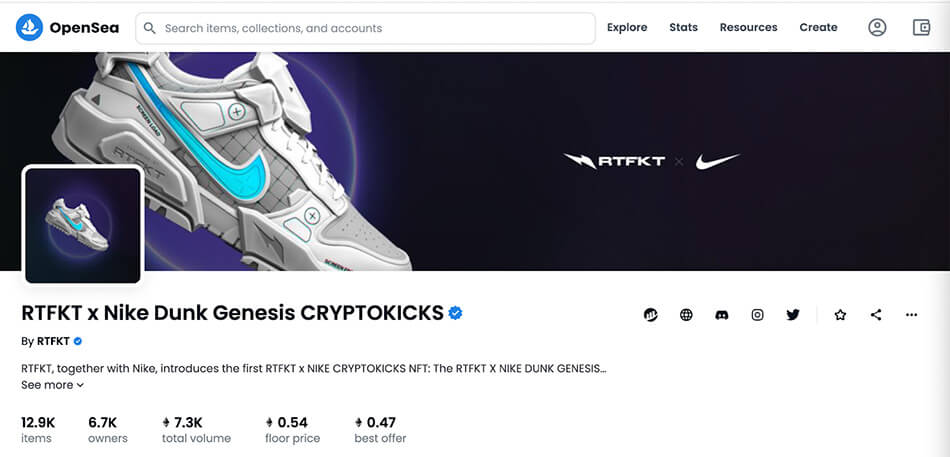ETIP #295
How Brands Are Rewriting the Rules of Marketing in the Metaverse

Virtual reality has become the new reality for brands and business owners. It’s time to fully immerse ourselves in the Metaverse and Web3, because it’s taking off in the marketing world. According to the first of our four-part webinar series, “Ways to Prepare Your Business for Web3 and the Metaverse,” here’s what you need to know when it comes to brand representation in the virtual space, straight from our guest experts’ mouths.
WHAT’S WEB3? WHERE’S THE METAVERSE?
Web3: The 3.0 or third version of what the internet is or what it may become. Web1 was the build out of websites, Web2 is defined as the rise of social media, and Web3 will be more about commerce among the people, and the ownership of your own information and data.
The Metaverse: There is only one Metaverse — just like there is only one Internet — but it does not yet exist. Immersive virtual spaces/worlds and experiences that are facilitated by the use of virtual and augmented reality do exist. One day, all of these worlds will be interconnected, as is the internet, at which point the Metaverse will be official.
IDENTIFY BRAND GOALS
Start by aligning with your brand’s goals and KPIs. What is it that your company is trying to accomplish? Where is your audience? Are they even in the Metaverse? If so, our experts agree that there are two key ways brands can market and establish their brand in the metaverse: either by having a product to sell, or an experience where people can have a positive brand interaction.
“What you’re finding brands do successfully, is this notion of creating a space where people can connect with one another that are either interesting, casual gaming, or social, or the like,” industry expert and Managing Director of Cuttlefish, Inc., Jay Miolla says. The Venture City partner and investor, Franchesca “Cesi” De Quesada Covey, echoes this sentiment, explaining that where Web3 differs from Web1 and Web2 are with longstanding relationships and engagements with a brand’s customers by creating exciting, fun, immersive experiences that connects people intimately with a brand. She emphasizes that it’s not just about amazing experiences, it’s also about “giving audiences something to take home with them after they leave.”
For example, Bacardi showed high utility by featuring musical artists in their Metaverse, putting their songs into NFTs, and giving away parts of the songs as NFTs to brand-loyal customers. This allowed customers to have an unforgettable experience, but also a way to take the brand home with them.
PLAY… BUT EXERCISE PRUDENCE
Miolla of Cuttlefish, Inc., suggests the first thing to do in the Metaverse is to let your curiosity run wild. Familiarize yourself with as many new virtual spaces as possible. Set up a crypto wallet, take notes, grab usernames, stockpile assets, research your competitors and see what they’re doing. Whether you’re exploring gaming or social interactions, take note of the experiences you find the most interesting and apply it to your future VR business endeavors.
Have fun, but don’t blow a lot of money up front before you’ve done some testing and learning, Starmark’s Chief Digital Officer, Brett Circe cautions. He recommends starting small by using some pre-existing assets to see what works and what doesn’t before investing too much in one direction. For example, does your company have any existing 3D assets like 360° photos or videos they may have used for other purposes? If so, test and learn with them in the Metaverse before emptying your wallet.
Interested in learning more about Web3 and The Metaverse? Check out our full series on Ways to Prepare Your Business for Web3 and the Metaverse for tips on how to conquer the world’s next big digital transformation.


